Factors of attraction and urban planning
This study set out to investigate potential planning implications of remote work in smaller towns, which however, proved difficult. In none of the five towns included in the study were there any evident planning responses directly related to remote or hybrid workers. Instead, measures taken to improve town attractiveness were said to include also multilocal populations. In Kongsvinger, remote work trends also inspired a more proactive approach to housing development. Looking ahead, several respondents pointed to the importance of infrastructure that facilitates a multilocal life, especially high-quality public transport and digital connectivity. Further, housing that fits the needs and tastes of new inhabitants, including potential multilocal populations, was considered. Discussions on the potential of co-working spaces were present in all towns, and there were already established co-working spaces in four of them. Below, we outline factors that were mentioned as important for attracting new workers and residents. Thereafter, we cover in more detail the three areas which were pointed out as particularly relevant to remote workers—physical and digital infrastructure, housing, and co-working spaces.
Small town attractiveness
When people decide to relocate to a new town, the attractiveness of the town can play a significant role in relocation decisions. Whereas the term urban attractiveness is subjective and the literature points to a multifaceted concept (chapter "Key terms and definitions"; Hidman, 2018), there seems to be agreement on what constitutes an attractive small town in the five case towns in this study, as more or less the same town features were brought up as important for urban attractivity.
Measures to maintain attractive features of town centres and to improve them, creating more lively urban cores, have been taken in all towns. Here, Hvolsvöllur stands out with the construction of a completely new town centre (Image 2). The historical centres of Ekenäs and Kalundborg greatly add to the attractiveness in these towns, although Kalundborg works towards improving the supply of services in the core in competition with nearby box stores and a mall along the major thoroughfare (Image 3). Oxelösund has chosen to build out its modernist centre by adding both commercial spaces and housing (Image 5). The dispersed centre of Kongsvinger with a mix of old and new, small and large buildings was also discussed as an area of potential improvement (Image 4).
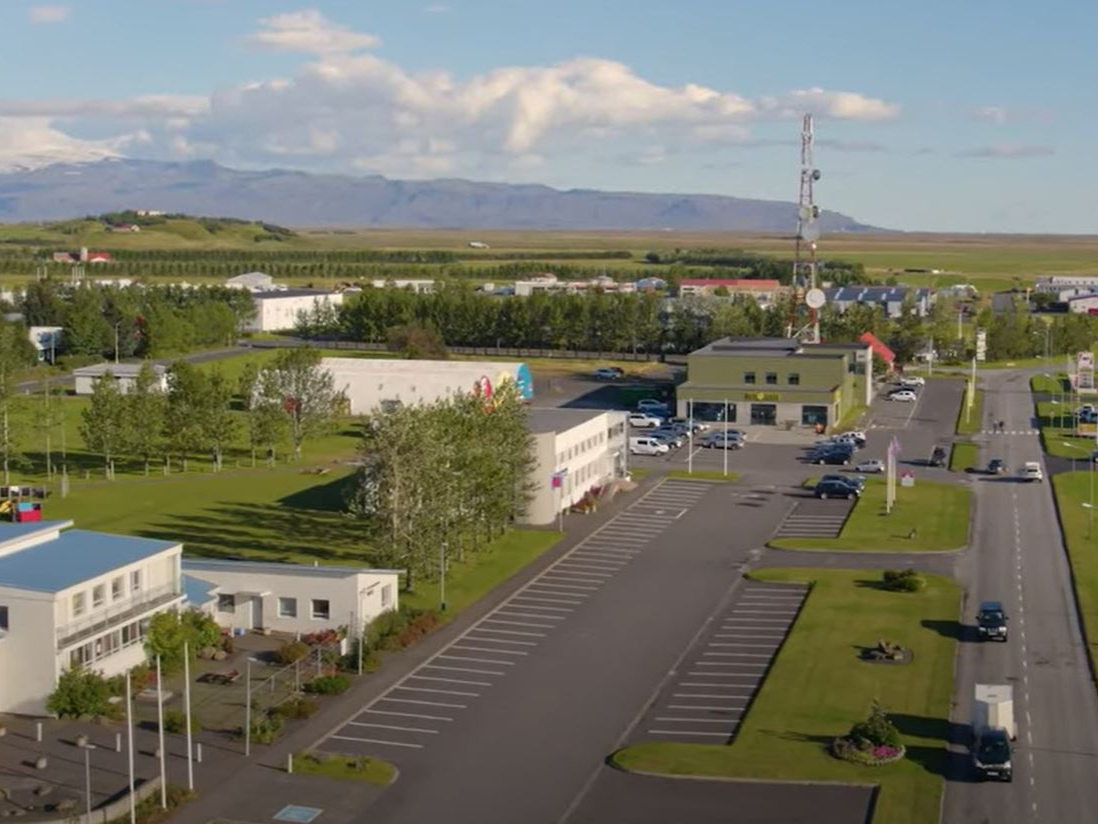
Interviewees agreed that the more time people spend in the town, the more likely they are to use local services, which has direct impact on service supply. These services may also be affected by the presence of remote workers and other multilocal populations. Moreover, density is associated with positive impacts on urban life and service supply. Therefore, housing construction is partially steered towards more central parts of towns, although single-family housing also has its given place. The attractiveness and price of housing is deemed to be a key factor in retaining and attracting individuals. Interviewees in all towns described efforts to plan for and construct types of housing that were deemed to be missing in the towns at present. New, higher standard multi-family housing has recently been built or is under construction in central parts of Kongsvinger, Kalundborg, and Oxelösund (Image 10), and there are plans for new single-family homes in all five towns.
Planners and marketing officers identified proximity to nature, such as the sea, lakes, and forests, and recreational activities associated with nature, as key attractions in all towns (Image 6 and 7). Access to nature and leisure activities is actively promoted in planning as these are seen as competitive advantages compared to larger towns and cities. However, several of the respondents pointed to competition from other smaller towns and do not perceive their specific town as better equipped in this respect than many other towns. Urban greenery, often in the form of a private garden, is also seen as a major attraction. Further, parks, green squares, and public space on waterfronts were part of active town planning in all towns but Hvolsvöllur. Further, the planners and marketing officers stated that a diverse supply of leisure activities and culture was important, especially in the industrial towns of Oxelösund and Kalundborg where such supply was not taken for granted. One interviewee pointed to the importance of leisure activities for the integration of newcomers into the existing society.
The presence of schools at various levels and school quality is also pivotal for attracting new populations, according to the interviewees. Larger investments in educational facilities have recently been made in most towns. In Kongsvinger, the most attractive part of the town along the river has been reserved for schools and sports facilities (Image 8). Further, a higher education centre is currently being built. Hvolsvöllur wishes to attract families; therefore, the city has built a new playground school and has planned the enlargement of the primary school. In Kalundborg, both the municipality and one larger employer have invested in educational facilities.
Physical and digital infrastructure
All of the studied towns have multiple connections to surrounding towns and the capitals through highways (car and bus links) and, in some cases, trains. Although public transport was highlighted as important in relation to hybrid work, car use also plays a significant role. Municipal plans include analyses of where people live and how they commute.
Non-stop commuter possibilities that allow for work during travel was pointed out as important by several of the interviewed planners. Kalundborg, Ekenäs, and Kongsvinger have train connections to their nearby capitals (Copenhagen, Helsinki, and Oslo) (Image 9). Here, price, access to fast and stable internet, and travel comfort were emphasized as factors that would influence commuting patterns. Train connections between Kongsvinger and Oslo are operated by Vy, which offers “smart tickets” that are price-tailored to the uneven travel patterns of hybrid workers and students who travel regularly between two specific stations. In contrast to Kalundborg and Kongsvinger which both have direct connections to the capital, comfortable travelling was especially mentioned by interviewees in Ekenäs where the need to change trains in Karis is considered a hindrance. To support commuters, the municipality subsidies 10% of the price of season tickets when inhabitants commute to locations outside of the municipality. The distance between Ekenäs and the large city of Turku is 120 km, but commuting possibilities are limited due to travel time by car and public transport.
Public transport in Oxelösund and Hvolsvöllur is limited to bus transport. Bus connections were not deemed central to hybrid workers in Oxelösund where commuters tend to choose the car more often. Reasons given were the less strategic location of bus stops, frequencies of departures, and travel times. This also affects trips to other larger towns at commuting distance such as Nyköping, Norrköping, and Linköping. The car is also a common way of commuting between Ekenäs and Helsinki. Here, road safety during winter has been improved through lights along parts of the highway. Also in Iceland, commuting by car was the preferred mode of transport. Here weather conditions cause various road safety concerns, and the majority of commuters work part-time remotely (see example "Commuting and remote work in Southern Iceland").
Digital infrastructure has been a high priority in the Nordic countries since before the pandemic (Randall & Berlina, 2019). Ekenäs, Hvolsvöllur, Kongsvinger, and Oxelösund reported that fibre networks were functioning well in the towns. In Kalundborg, certain limitations of the system were highlighted at the outbreak of the pandemic, but these have now mainly been taken care of. The need to secure well-functioning digital infrastructure outside of the main agglomerations was pointed out as a priority in a report on the future of remote work in Denmark (HBS Economics & Hanne Shapiro Futures, 2023). In Iceland, digital infrastructure is not only considered key to remote work, but it is also part of the basic safety infrastructure. Rangárþing Municipality, in which Hvolsvöllur is located, has laid fibre cable internet across the entire municipality, offering the possibility to connect to high-speed internet from every house and vacation home. This enables remote work and distance studies from anywhere in the municipality, including the remote areas. The interviewees all specifically mentioned the internet connection quality as a major advantage of remote work in the municipality. Reliable connection is also important because of the high risk of natural disasters in the area. It is important that people located anywhere within the municipality can be reached immediately in case of emergency, such as volcanic eruption or flooding.
Housing
The attractiveness and relatively low price of housing is deemed essential to retain and attract populations in all the towns. Although prices have increased in recent years, price levels are still considerably lower in these smaller towns than in areas closer to or in the capitals. Interviewees suggest that the possibility to buy a house, or at least to have a larger apartment for the money spent, is one of the most important reasons for people to choose to live in a smaller town.
In Oxelösund, Sweden, focus of town development policy is to find and develop sites for smaller scale multi- and single-family housing mainly along the coastline. There is also a larger mixed commercial and housing development on the main square (Image 10). In Kongsvinger, 50-100 apartments have been built yearly in recent years, for example new multi-family housing by the river close to the city centre and by the railway station. The interviewed planners state that remote work trends have accelerated planning for housing. In Kalundborg, planners have decided to focus on housing by both increasing the quantity and also considering the variety of types needed to accommodate the population (Image 11). There is a large demand for small dwellings sought by one- or two-person households. Single-family housing by the sea, to an affordable price compared to locations closer to Copenhagen, is also considered. Also in Ekenäs and Hvolsvöllur new housing has been constructed (Image 12). Interviewees in all towns report that developers have been interested in building both multi- and single-family housing in the towns, but that the general down-turn in the market, rising interest rates, and price developments on input goods have drastically impacted interest in new developments.
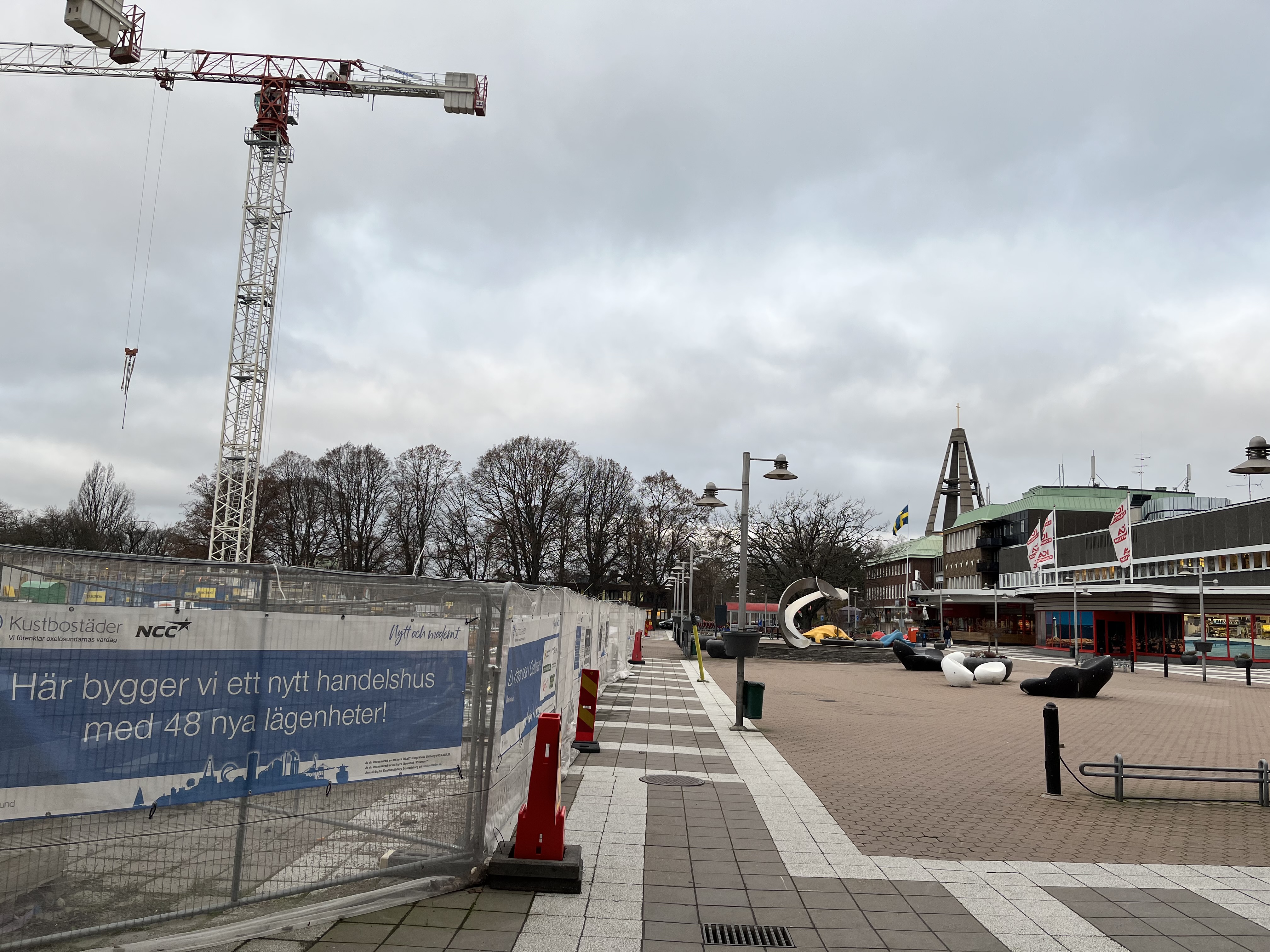
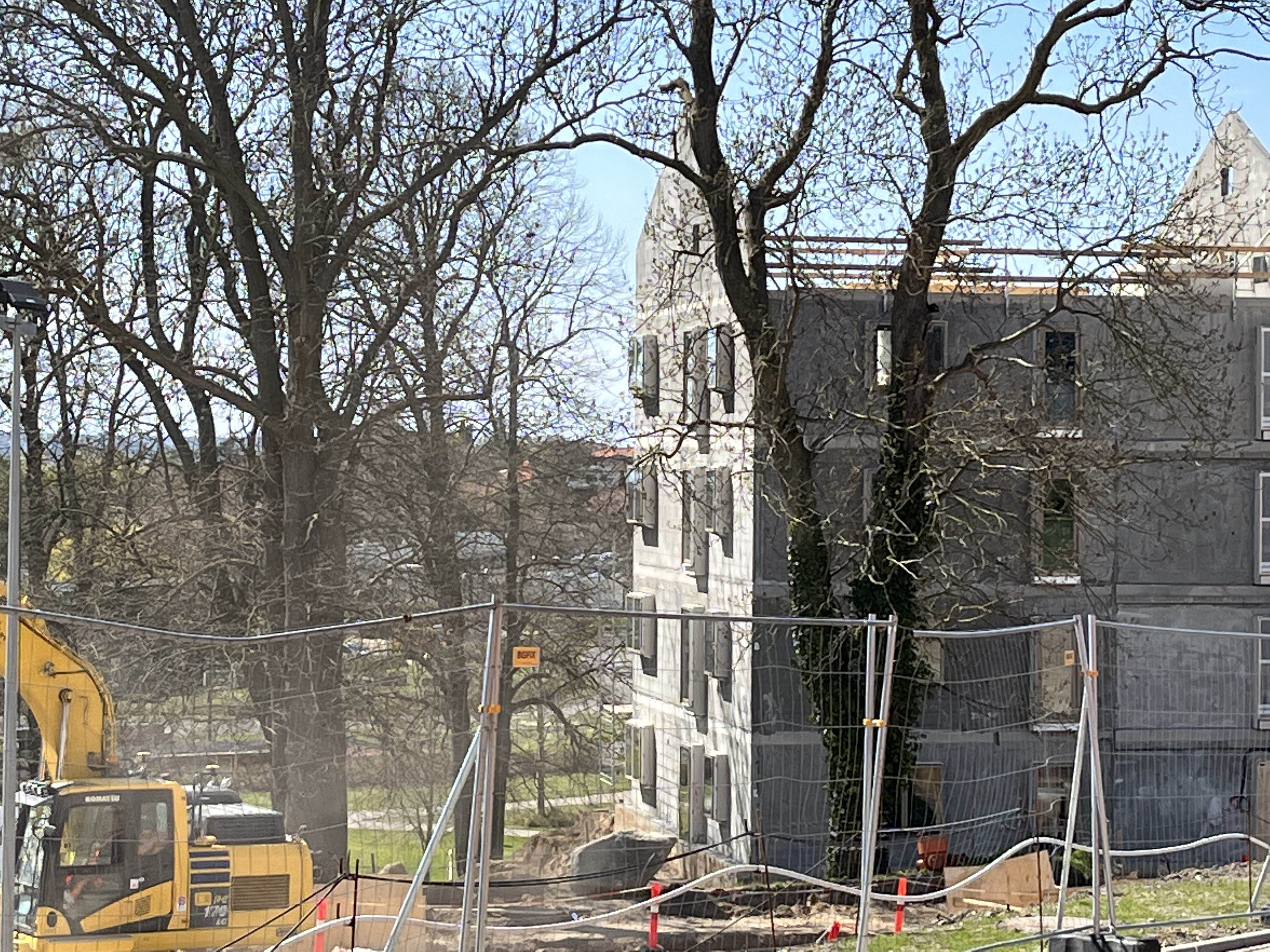
Both in Oxelösund and Ekenäs there is an ongoing trend that second homes are converted to the standard of permanent homes. The municipalities have a constant stream of such applications, but do not know how many households live permanently in the houses after conversion or if they just upgraded their second homes. In Ekenäs, the municipality struggles to develop attractive sites close to water but has limited success as most land is privately owned and owners are often not willing to sell land for development (Image 13). Single-family housing is developed elsewhere.
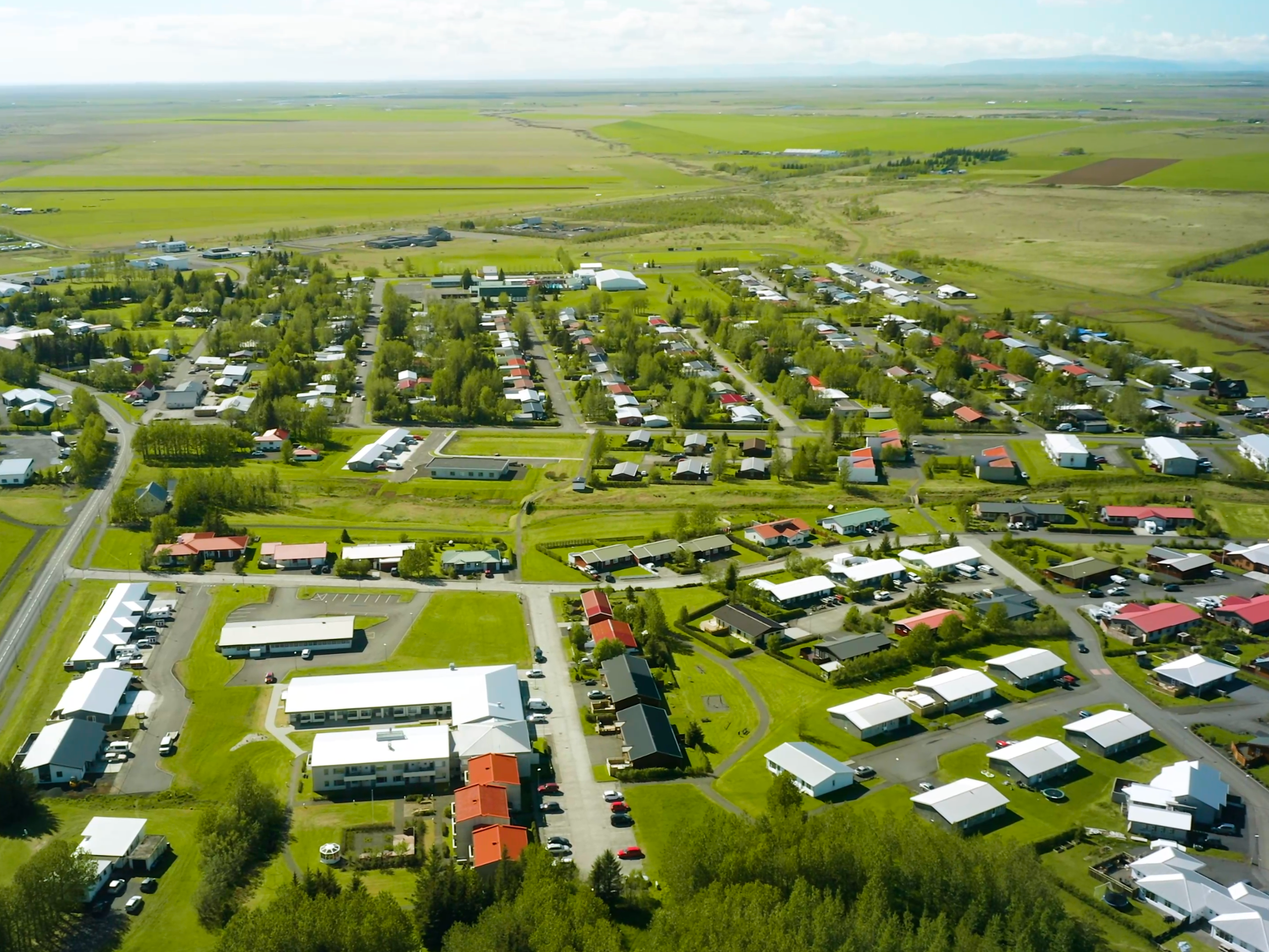
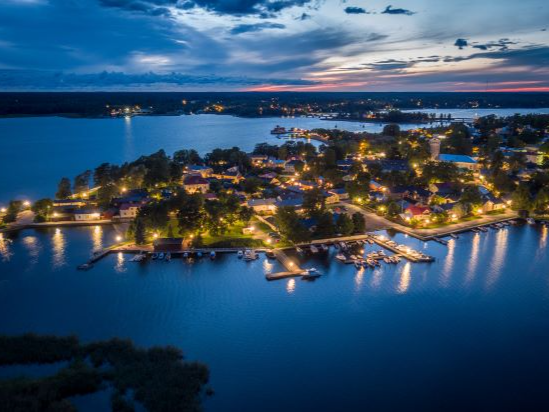
The efficient use of the existing housing stock is also something civil servants are considering, especially in relation to older generations that might wish to move out of larger units if there are attractive alternatives. When it comes to the attractiveness of the present housing supply, some respondents are of the opinion that remote or hybrid workers, who presumably have high education levels, create demand for more expensive and higher standards of housing quality.
Scarcity of suitable building land and competing interests was brought up by interviewees in Ekenäs, Oxelösund, and Hvolsvöllur (Image 14). In Ekenäs and Oxelösund, construction was limited mainly due to resistance by the existing population. In Hvolsvöllur, one of the major challenges is keeping a balance between land for housing, holiday homes, and other construction versus agricultural land for food production. However, such decisions must be made in accordance with the National Planning Agency and its policies.
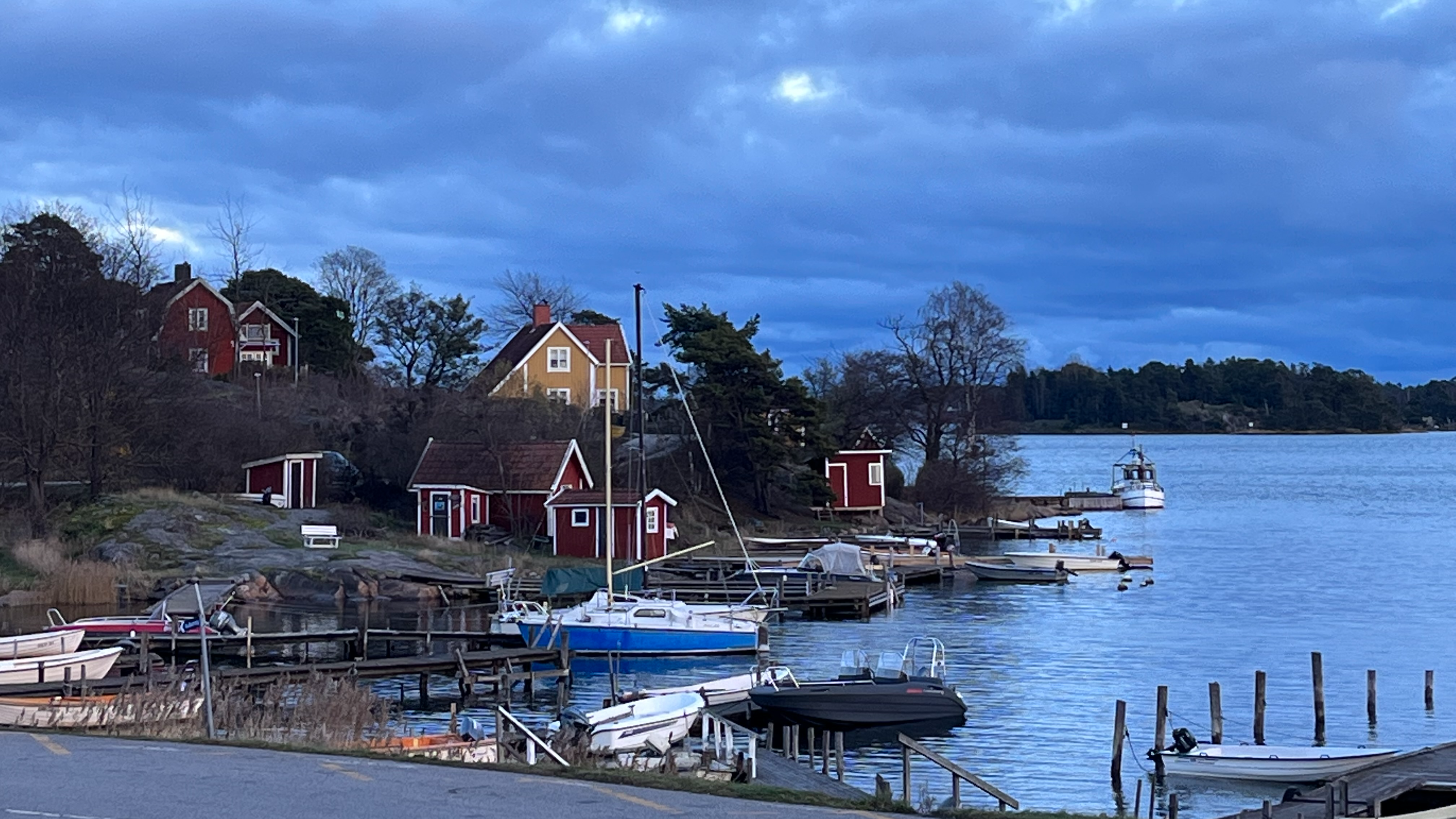
Co-working spaces
Co-working spaces have been a topic of discussion in all the five towns before, during, and after the pandemic. In the Danish, Finnish, Icelandic, and Norwegian towns, co-working spaces have been established in the last few years. In Kalundborg, Denmark, such a space was set up by the business council to facilitate for start-ups already before the pandemic. However, during the pandemic it was not possible to use it, and as people have returned to offices, this space has been used not just by start-ups, but a variety of self-employed individuals and employees. There is also a discussion to set up a somewhat larger co-working space, possibly in a community house near the railway station. Moreover, co-working initiatives have been discussed in the villages surrounding the town, and the municipality supports these projects, although none of them have been implemented as of yet. In Ekenäs, Finland, two young academics that returned to their hometown after living in the capital for a while established a private co-working space in the town centre. Although the establishment has been well received, the economic rationale of the enterprise remains a question mark.
The municipality of Raseborg states on its website that many inhabitants have remote or hybrid work arrangements and market five co-working facilities in the municipality. In Hvolsvöllur, Iceland, the municipality has dedicated space for remote workers, which is used by a variety of people. There are possibilities to interact socially with others working on the premises and in the municipal offices in the joint cafeteria and through social events. In nearby Selfoss, there is a larger co-working hub (see below). The co-working facility in Kongsvinger, Norway, was created for and is mainly used by smaller companies and start-ups that explicitly wish to work in the same premises. The municipality considered establishing a remote work hub, but there was not enough interest to implement the plans. Also in Oxelösund, Sweden, the municipality evaluated the demand for such spaces and proposed a location in connection to a centrally located café. However, interest was too small to motivate establishment. The reason given for the disinterest in both towns was that it is attractive to have the exchange with colleagues on office days, but that the advantages of being able to work partly from home is the flexibility it gives and its positive impact on work-life balance. Therefore, being tied to an office also on remote working days is not considered attractive.
Public and centrally located libraries provide the possibility to study or work, including some basic services like internet connection, printing, etc. However, interviewees did not perceive these as options for remote or hybrid workers, but rather as appropriate for students.
Remote work hub in Selfoss, Iceland
Selfoss is the largest town in South of Iceland and in the past twenty years, the population of the town has doubled to 9700 (Statistics Iceland, 2023). Approximately 15% of the workforce in Selfoss commutes daily to the capital region for work. Most commuters make the 45-minute drive in their private car, resulting in heavy traffic flows between Selfoss and Reykjavík every morning and late afternoon. In April 2022, a co-working hub Bankinn opened in Selfoss. The co-working hub is a joint pilot-project between the Icelandic government, the municipality of Selfoss (Árborg) and the Icelandic Association of Enterprises (SA), financed for two years to support remote work and jobs without specified location. The initial vision was to offer facilities for governmental and municipal employees but since opening, the co-working space is also used by entrepreneurs and those working for private companies, such as lawyers and architects. Bankinn is located right in the centre of Selfoss, and has office space for up to 120 people, 10 meeting rooms of various sizes, and a café/bar with space for events (Image 15).
The promotion of the co-working facility has been a greater challenge than originally anticipated. The public financing of the facility included the purchasing of a certain number of subscriptions intended for the residents of Selfoss area who work for public institutions located in Reykjavík to conduct their work partly or fully remotely from Selfoss. However, remote work policies in public institutions have not been coordinated for hybrid or remote work format for the employees who were not hired under the governmental Jobs without specified location initiative, resulting in lesser use of the facilities from the governmental employees residing in South of Iceland.